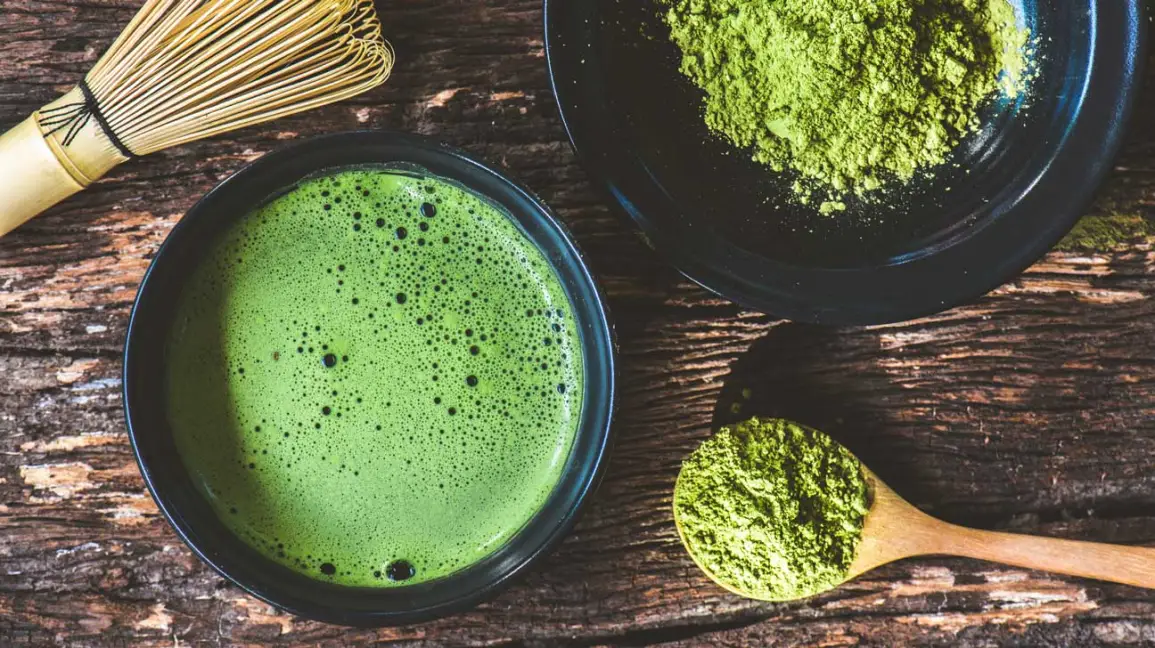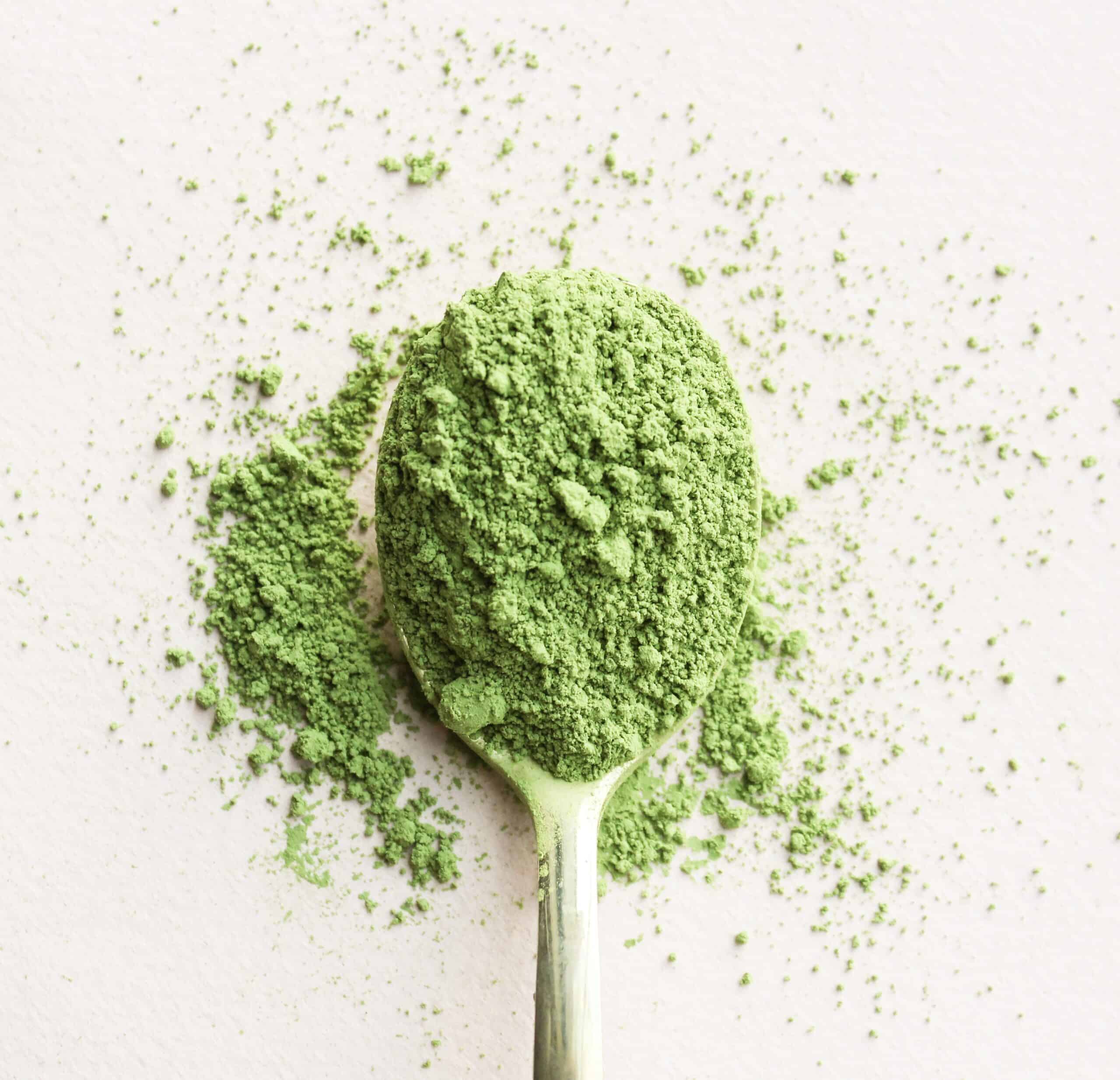🍵 Unveiling the World of Matcha: Exploring the Different Types 🍵
Welcome, tea enthusiasts! Today, we embark on a delightful journey into the world of matcha. Originating from Japan, matcha has gained popularity worldwide for its unique taste and numerous health benefits. But did you know that there isn’t just one type of matcha? In fact, there are several varieties, each with its own distinct characteristics. Join me as we explore how many types of Matcha and uncover the secrets of its different types.
I. 🍵 What is Matcha?
Before we dive into the various types of matcha, let’s understand what matcha is. Matcha is a finely ground powder made from shade-grown tea leaves. Unlike traditional teas, where the leaves are discarded after brewing, matcha is consumed entirely, ensuring that you receive the maximum benefits of the tea leaf.
II. 🌱 Types of Matcha
- Ceremonial Grade Matcha:
- Highest quality matcha.
- Bright green color with a delicate, smooth flavor.
- Typically used in traditional tea ceremonies.
- Ideal for whisking into a frothy, traditional bowl of matcha.
- Premium Grade Matcha:
- High-quality matcha suitable for daily consumption.
- Vibrant green color with a slightly stronger flavor compared to ceremonial grade.
- Perfect for making matcha lattes, smoothies, and other culinary delights.
- Culinary Grade Matcha:
- Most affordable type of matcha.
- Duller green color with a more robust, bitter taste.
- Primarily used for cooking, baking, and adding to recipes.
III. 🌿 Comparison Table: Ceremonial vs. Premium vs. Culinary Grade Matcha
| Ceremonial Grade | Premium Grade | Culinary Grade | |
|---|---|---|---|
| Color | Bright green | Vibrant green | Duller green |
| Flavor | Delicate, smooth | Slightly stronger | Robust, bitter |
| Price | Expensive | Moderately priced | Affordable |
| Ideal Use | Traditional | Daily consumption | Cooking and baking |
IV. 🍵 Frequently Asked Questions about Matcha
Q1: How should I store matcha? Matcha should be stored in an airtight container, away from light, heat, and moisture. It is best to keep it in a cool, dark place like a pantry or refrigerator.
Q2: Is matcha caffeinated? Yes, matcha contains caffeine. However, it also contains L-theanine, an amino acid that promotes a calm and focused state of mind. The combination of caffeine and L-theanine provides a more sustained and balanced energy boost compared to coffee.
Q3: Can I drink matcha if I’m lactose intolerant? Absolutely! Matcha is traditionally prepared with water, so it can be enjoyed without any dairy products. However, if you prefer a creamier taste, you can use non-dairy milk alternatives such as almond milk or oat milk.
V. 🌱 Conclusion:
A Fun Fact About Matcha As we conclude our exploration of the different types of matcha, here’s a fun fact for you: Did you know that matcha is grown in the shade? By shading the tea plants, farmers can increase the chlorophyll content in the leaves, giving matcha its vibrant green color and enhancing its flavor.
So, whether you’re looking to experience a traditional Japanese tea ceremony or create your own matcha-infused recipes, there’s a matcha type out there to suit your needs. So, go ahead, sip, savor, and embrace the wonders of matcha!
Remember, the world of matcha is vast and ever-evolving, so feel free to explore further and discover new flavors and experiences. Cheers to the enchanting world of matcha!
*Disclaimer: The information provided in this article is for educational purposes only and should not replace professional medical advice.
Originally posted 2023-03-11 10:35:58.



